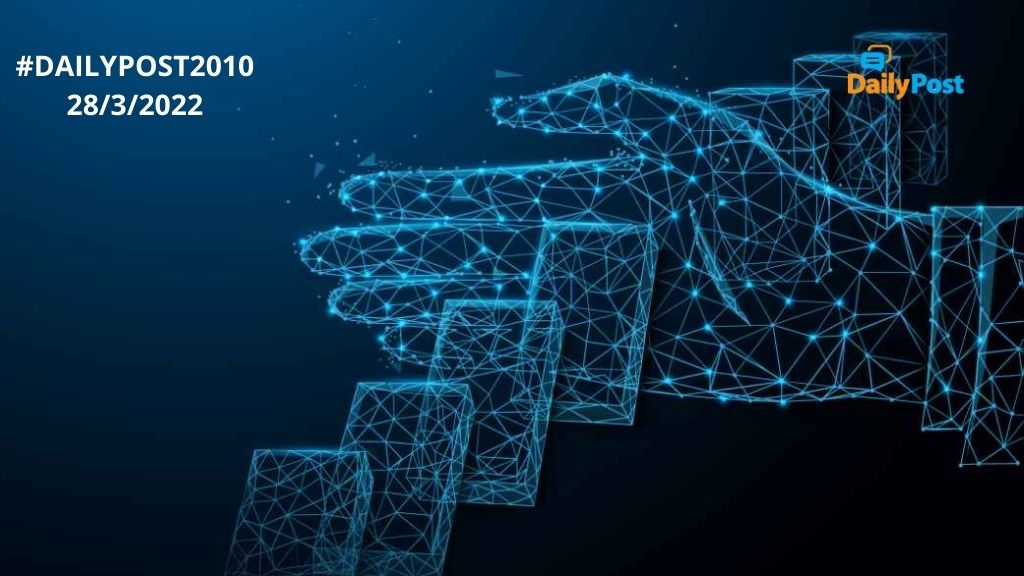DailyPost 2010
SYNTHETIC REALNESS
The direction in which the digital world is moving with origin and authentication of data and the real world not able to provide authenticity, we are in a completely unknown territory. Real and authentic are not one and the same thing. Do we have tools to test realness? Can synthetic realness happen? And can it be really real? We have to move cautiously in the world of bots and deep fakes, otherwise all that we have been trying to create thus far, will go haywire. We land in the whirlpool to find no way to come out of it. Recent Accenture research says, ”synthetic data and images, chatbots and AR are forcing to consider what’s real, what’s not and more importantly, when should we care?”
Synthetic cannot no longer be wished away, it’s like the synthetic yarn which made its way into our lives and is there to stay. But we know its characteristics and usage and do it to our advantage. In news we would certainly like to know if the video of the President is real, but does it matter for a commercial. Maybe we have reached a stage where we might prefer the unreal in a few cases. Speaking to a synthetic nurse about a skin rash may be fine. It would also be more than fine to train an AI model with synthetic data. The purpose can be a very noble one – synthetic data adjusted to counter historical discrimination. If data bias can be corrected and privacy be protected, it is the stage of synthetic realness.
This will have the potential to make Artificial Intelligence both much more fair and secure. However much we try to stall it, synthetic content is bound to increase, given the moribund nature of the real content. The story is moving in the direction of seamless experiences and novel interactions based on this content / data. The evolution of synthetic realness would take our thought process in a totally different direction. Digital world is not the replication of the real world has now come to our realization, it is way different from the physical world in nearly all the facets. Rather than asking “Is this real?”, we will start evaluating ”Is it authentic?” With the bots not able to understand your request, in the context of a call center, the unreal world has got a rap. Nonetheless, these are learning milestones.
As all of us would accept the fact that authenticity can be judged on four cardinal principles of; provenance, policy, people and purpose. These need to be satisfied before we move any further. Artificial Intelligence has become a business necessity, adopting it or not to adopt is no longer a choice. Synthetic data can train AI models better than the real-world data, by increased diversity and countering bias. Democratization of this technology would make it easy to use. Social media algorithms creating filter bubbles and echo chambers has been a negative trend. In the relative role of real or synthetic data in building a new bold and tech immersive world, authenticity can be the only touchstone. The 2019 California BOT Disclosure Law is in this direction. Policy and purpose would be the key. The companies need to explain the reason for using synthetic data, its advantages and also the key metrics supporting it.
THE TEST OF BEING REAL IS AUTHENTICITY AND NOT ONLY THAT IS HAS EMANATED FROM THE PHYSICAL WORLD.
Sanjay Sahay

